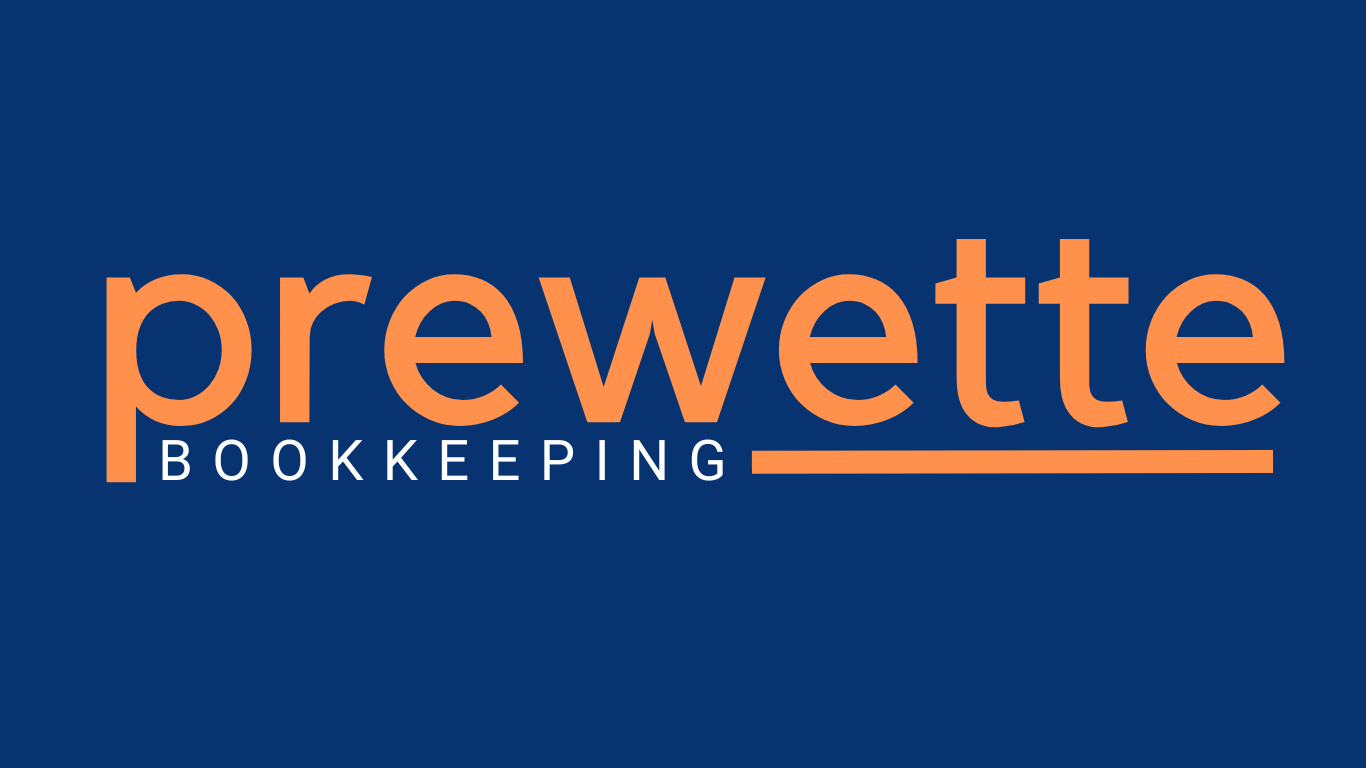Accounting can often feel like a foreign language, especially for those who don’t deal with numbers on a daily basis. With so many specialized terms floating around, it’s easy to get confused or overwhelmed. To help clear up the confusion, here is a list of some of the most commonly misunderstood accounting terms and simple explanations to help you get a better grasp of your financials. Let’s dive in!
1. Assets vs. Liabilities
What it means:
In accounting, assets are things that a business owns that have value—like cash, property, inventory, or equipment. Liabilities, on the other hand, represent what the business owes—such as loans, accounts payable, or unpaid bills.
Why it's misunderstood:
Many people mistakenly think that liabilities are “bad” or negative. While liabilities represent debts or obligations, they are simply a part of a company’s financial structure. The key is to balance them effectively with assets to maintain financial health.
2. Revenue vs. Profit
What it means:
Revenue is the total income generated from business activities, like sales of goods or services, before any expenses are deducted. Profit is what’s left over after all expenses (including operating costs, taxes, etc.) have been subtracted from revenue.
Why it's misunderstood:
People often confuse revenue and profit, thinking that a business is doing well just because it has high revenue. However, high revenue doesn’t guarantee profitability. It’s the difference between revenue and the costs incurred to earn that revenue that truly determines financial success.
3. Accounts Receivable vs. Accounts Payable
What it means:
Accounts receivable (AR) refers to the money a business is owed by customers or clients for goods or services provided on credit. Accounts payable (AP), on the other hand, refers to the money a business owes to its suppliers or creditors for goods or services received on credit.
Why it's misunderstood:
The terms can sound similar, but they represent opposite financial situations. Accounts receivable is money your business is waiting to collect, while accounts payable is money your business needs to pay. Proper management of both is critical to maintaining cash flow.
4. Gross Profit vs. Net Profit
What it means:
Gross profit is calculated by subtracting the direct costs of producing goods or services (known as the cost of goods sold, or COGS) from total revenue. Net profit is what remains after all other expenses (like operating expenses,
taxes, and interest) have been deducted from gross profit.
Why it's misunderstood:
Gross profit gives you an idea of how efficiently your business is producing its goods or services, while net profit shows the overall financial health after accounting for all expenses. A business can have a high gross profit but still struggle if its overhead or other costs are too high.
5. Depreciation
What it means:
Depreciation refers to the reduction in the value of an asset over time, typically due to wear and tear or obsolescence. It is an accounting method to allocate the cost of a long-term asset (like equipment or buildings) over its useful life.
Why it's misunderstood:
Depreciation is a non-cash expense, meaning it reduces taxable income but doesn’t involve actual cash outflow. Many small business owners misunderstand depreciation and might not account for it properly, which can impact their tax obligations and overall financial planning.
6. Equity
What it means:
Equity represents the ownership interest in a business. It’s the value that remains after subtracting liabilities from assets. For a corporation, it’s the value of shareholders’ interest, while for a sole proprietorship or partnership, it’s the owner’s or partners’ stake.
Why it's misunderstood:
Equity can be confusing because it reflects both the value of the company and the amount of ownership, which might differ depending on whether the business is privately owned or publicly traded. Many people mistakenly think of equity as the same as cash flow, but it's actually a snapshot of your ownership stake.
7. Accrual vs. Cash Accounting
What it means:
Accrual accounting recognizes revenues and expenses when they are incurred, regardless of when cash changes hands. Cash accounting, on the other hand, only recognizes transactions when cash is received or paid.
Why it's misunderstood:
The primary misunderstanding arises from timing differences. In accrual accounting, you might record revenue before receiving cash, which can give a different picture of your financial situation than cash accounting. Many small businesses, however, use cash accounting because it is simpler and more intuitive.
8. Capital Expenditures (CapEx) vs. Operating Expenses (OpEx)
What it means:
Capital expenditures (CapEx) are investments in physical assets, like buildings or equipment, that provide value over the long term. Operating expenses (OpEx) are the day-to-day costs of running a business, such as salaries, rent, and utilities.
Why it's misunderstood:
Business owners sometimes confuse CapEx with OpEx because both involve spending money. However, CapEx is typically a larger investment intended to benefit the business for many years, while OpEx is for ongoing operational needs. The distinction matters for accounting and tax purposes, as CapEx is depreciated over time, while OpEx is deducted in the year incurred.
9. Break-even Point
What it means:
The break-even point is the level of sales at which total revenues equal total costs, meaning the business isn’t making a profit, but it isn’t losing money either. Understanding your break-even point is crucial for pricing strategies and financial planning.
Why it's misunderstood:
Many entrepreneurs assume that reaching the break-even point means the business is thriving, but it just means the business has covered its costs. It’s important to understand that breaking even is the starting point for profitability, not the end goal.
10. Cash Flow vs. Profit
What it means:
Cash flow is the movement of money in and out of a business over a period, including all receipts and payments. Profit is what’s left after all costs are subtracted from revenues, as discussed earlier.
Why it's misunderstood:
Many businesses focus too much on profitability and overlook
cash flow, which can lead to cash shortages. A business can be profitable but still struggle if it doesn’t have enough cash flow to meet its day-to-day obligations.
Conclusion
Understanding accounting terms is essential for making informed financial decisions for your business. By clearing up the confusion around these commonly misunderstood terms, I hope you feel more confident in managing your business’s financial health. If you need help with your bookkeeping or have any further questions, don't hesitate to reach out. I'm here to guide you toward better financial management and growth.
Remember, accurate financials are the backbone of any successful business!
All Rights Reserved | Powered By Snapps
Schedule a Meeting
Discovery Call: Click HERE to schedule a free 30-minute phone or video consultation to answer your questions
about Prewette Bookkeeping and to see if we are a good fit to work together.

